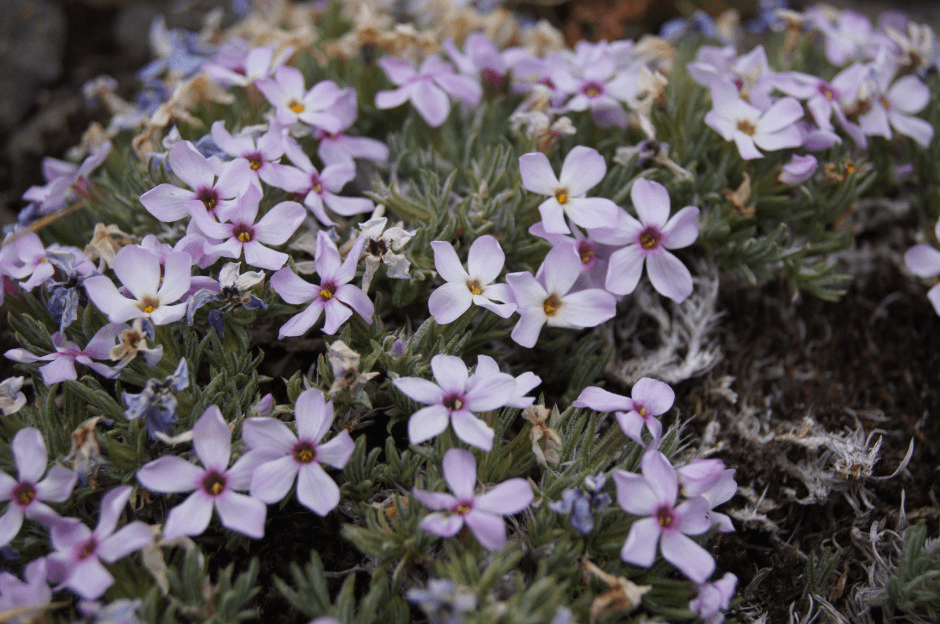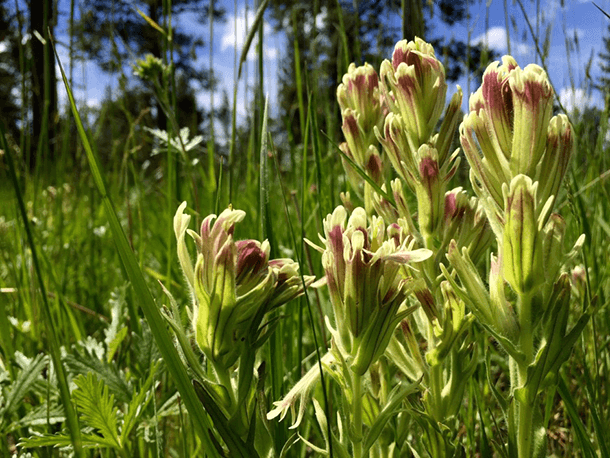Invasive species threaten native grasslands in the Pacific Northwest
Canyon grasslands in the Pacific Northwest are threatened by the spread of invasive species
Several years ago, on a hillside in southeastern Washington state, botanist Mark Darrach found three rare species of flowers, previously unknown to science. Then, not long afterward, he discovered something else: a nasty invasive grass that threatens to overtake the entire landscape.
The weed is called Ventenata grass, but Mark Darrach has another name for it. “I call it ‘holocaust grass,’ because it’s an ecological holocaust potentially in the making,” Darrach says. “This grass actually can kill Cheatgrass — and that is a superman grass, if you ask me.”
Perhaps ‘supervillain grass’ might be more accurate: the grass uses toxic fungus to poison other plants around it, giving the weed a better chance to continue its takeover.

“It’s a unique plant community that hasn’t been recognized until just a couple years ago when we stumbled across these and started scratching our heads, like, ‘Where did this come from? We’ve never seen this before,’” Darrach says.
To many conservationists, canyon grassland, the type of grassland in The Palouse, is already extremely threatened by invasive species, overgrazing, off-road vehicles, and climate change.
Brian Kelly, with the Hells Canyon Preservation Council, says the remaining native grasslands are dwindling and need to be preserved because they form a mosaic with higher elevation forests.
“They create some really unique habitat and give a variety of different animals and birds opportunities to utilize both habitats,” Kelly says.

Darrach is certain about one thing, though: he doesn’t like the sight of this invasive grass. And he is worried for his newly discovered plants — what he calls his “vegetative children.”
“You just shake your head and go, ‘Wow, I’m doing nothing but documenting the decline of biodiversity,’” Darrach says. “I recognize these things as new species, but how do you come up with conservation strategies to keep the landscape intact?”
It’s a question he can’t answer. He hopes raising awareness will help get Ventenata grass listed as a noxious weed soon. That will give managers more power to fight its creep along the hillsides of the Palouse.
This article is based on a story that was reported by Courtney Flatt, of the Public Media collaborative EarthFix, and aired on PRI’s Living on Earth with Steve Curwood.
